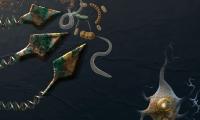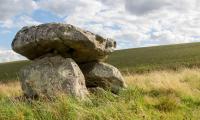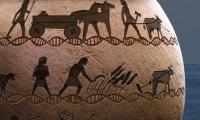Ancient DNA tells about human diseases and ancestors
New research published in Nature provides completely new knowledge about where we come from and how diseases have developed.
DISCOVERIES GLEANED FROM HUMAN ANCIENT DNA
Four research articles in Nature follow the genetic traces and geographical origins of human diseases far back in time. The analyses provide detailed pictures of prehistoric human diversity and migration while proposing an explanation for a rise in the genetic risk for multiple sclerosis (MS).

Prof. and Director, Lundbeck Foundation GeoGenetics Centre, Globe Institute, University of Copenhagen, Denmark, Prof,. University of Cambridge, UK
The results are presented in four articles published in the same issue of Nature by an international team of researchers led by experts from the University of Copenhagen and contributions from around 175 researchers from universities and museums all around the world.
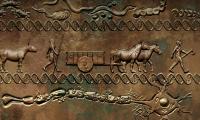
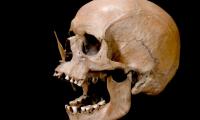
The ambition is to characterize the evolutionary paths and processes, which led to the genetic architecture of brain disorders, and other human traits and common diseases in contemporary humans, as well as diseases caused by infectious pathogens.
The Lundbeck Foundation GeoGenetics Centre is located at the Section for GeoGenetics at the GLOBE Institute, University of Copenhagen and headed by Professor Eske Willerslev and co-principal investigators Professor Thomas Werge and Rasmus Nielsen.

